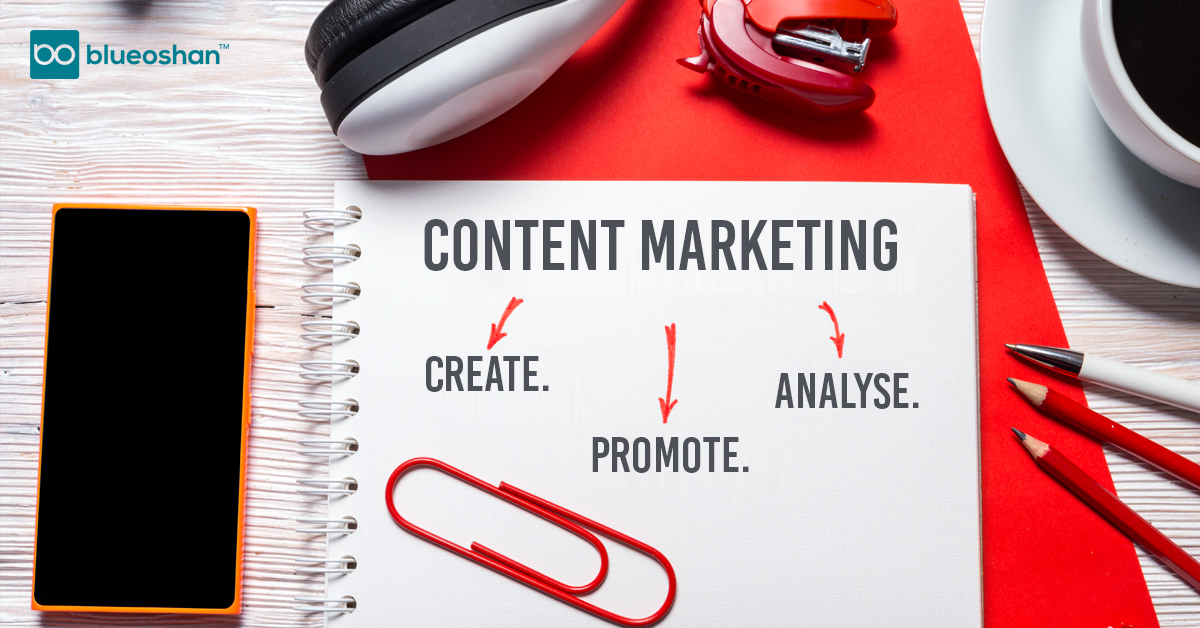-
MarTech Services
- HubSpot
- OneSignal
HubSpot
Technical Consulting
Partner with experts who understand your HubSpot systems and business needs inside out.
Revenue Operations
Drive revenue growth with tailored RevOps strategies designed for HubSpot users.
Hubspot Integration Services
Seamlessly integrate HubSpot with your existing tools to enhance operational efficiency.
Sales Enablement
Boost your sales team’s efficiency with focused HubSpot Sales Enablement solutions.
CRM Data Migration
Effortlessly migrate your CRM data to HubSpot with precision and support.
Hubspot Onboarding
Efficiently onboard clients to HubSpot, ensuring a smooth transition and rapid platform adoption.
HubSpot Administration
Maximize your HubSpot investment with expert management and optimisation tailored for HubSpot clients.
Marketing Assets Development
Develop, deploy, and manage digital assets, ensuring a fresh and engaging presence.
-
Solutions
-
Website Services
Website Development
We bring together expertise, creativity, and measurable results, making us the go-to choice for HubSpot website creation.
Website Migration
Our approach to website migration goes beyond a technical transfer; we prioritize a user-centric experience.
Website Maintenance
Optimize your online presence with effective, growth-driven websites focusing on nurturing website visitors, creating and deploying content, and tracking progress with precision.
Website Audit
Is your website performing at its peak? Our CMS Consultants are here to help you find out with our comprehensive Website Audit service.
-
Resources
-
Company
Clients
We have worked with clients from various industries across the globe, making our journey diverse and exciting.
Team
We put decades of experience where our mouth is. So what you get is market-tested and tried, not theory. We believe in plain speak, which we believe works better than jargon.
Solutions Partner
BlueOshan is not just a partner; we are among the most experienced and adept in the HubSpot ecosystem.
- Contact Us
Make your website your marketing engine and track your success

Venu Gopal Nair
November 9, 2020

How to orient marketing around your website
Marketing managers use multiple service providers to launch and manage campaigns. That was the only option before Hubspot offered a way to bring it all within the website with Content Hub.
Want to send out emails to customers or target a specific audience through newsletters? Done. Want to test out landing pages and see which ones perform the best? Done. Want to create multiple content clusters and see which one gets customers interested? Done.
Want to explore what works across social media platforms and see what gets the best engagement? Done.
With Content Hub, all of this can be scheduled, posted, measured, managed and analysed within the Hub. So, you get a better sense of what works rather than go through a set of reports from multiple services and assemble them to find out what works best.
How will consolidating marketing activities benefit you?
Seeing the entire digital marketing landscape creates a picture of how customers respond to strategy and messaging.
Does Twitter work better than Facebook for your products? In isolation, when you evaluate one social network, it comes down to one part of the picture. We’ve reached a stage when customers switch effortlessly between one social medium and the next. But they are playing slightly different roles and looking for interactions that aren’t the same.
How customers interact with friends and family on Facebook is different from the professional engagement they have with peers on LinkedIn. So messaging must be varied appropriately as well. All social media have been lumped together under a single descriptor but there is a difference in the way customers make time for interactions based on their personal and professional interests
Hubspot allows you to see this clearly and orient your strategy according to what works best for your product and market segment. In digital marketing, the price of experimentation is low. And there are no negative consequences, as opposed to mass media campaigns where spends on a single campaign far outweigh what is spent on a digital burst.
Hubsopt’s Content Hub is focused on helping you manage and deliver content to this fragmented and rapidly changing environment. It is like having a whole set of marketing arrows you can unleash at will and see what finds the mark. This helps because Hubspot itself has been built by constant market interaction. The company evolves along with its customers.
Expand the scope of marketing from a single source - your website
For most marketers, websites are primarily points of contact with customers, nothing more. There may be some lead forms or a chatbot to encourage interaction but beyond that, customers enter and leave – and the trail of analytics is about the referring sites, pages read and time spent on site.
For CMS Hub, that’s the starting point. Content becomes the point from which the customer is led to more interactions and encouraged to go deeper. CMS Hub lets marketers know what works well and what doesn’t
This is achieved by creating content clusters based on user interaction and inquiries. Over time, marketers get to know exactly what problems they can help their customers with and provide content along those lines. Lessons learned in the field through sales calls can be implemented on the website – by creating and directing customers to the content they seek. And by constantly providing value, the website becomes integrated with the customer’s purchase cycles.
At BlueOshan, we have been working with HubSpot CMS for a long time and our design and dev skills have grown with it. Be it your existing installation or a new one that you are planning, our Content Hub consultants will be happy to support you.

Venu Gopal Nair
Advertising and Branding Specialist, CEO - Ideascape Communications, A professional journey through the tumultuous years of advertising and communication, starting in 1984. Started out in the age of print, saw the changes with the entry of satellite TV and the momentous transition to digital. Advertising and branding today is vastly different from its practices in the 20th century and the last two decades have seen dramatic changes with smartphone domination. As a Creative Director turned CEO, making the transition personally and professionally has been a tremendous experience.
Related Articles

January 4, 2021

December 7, 2020
